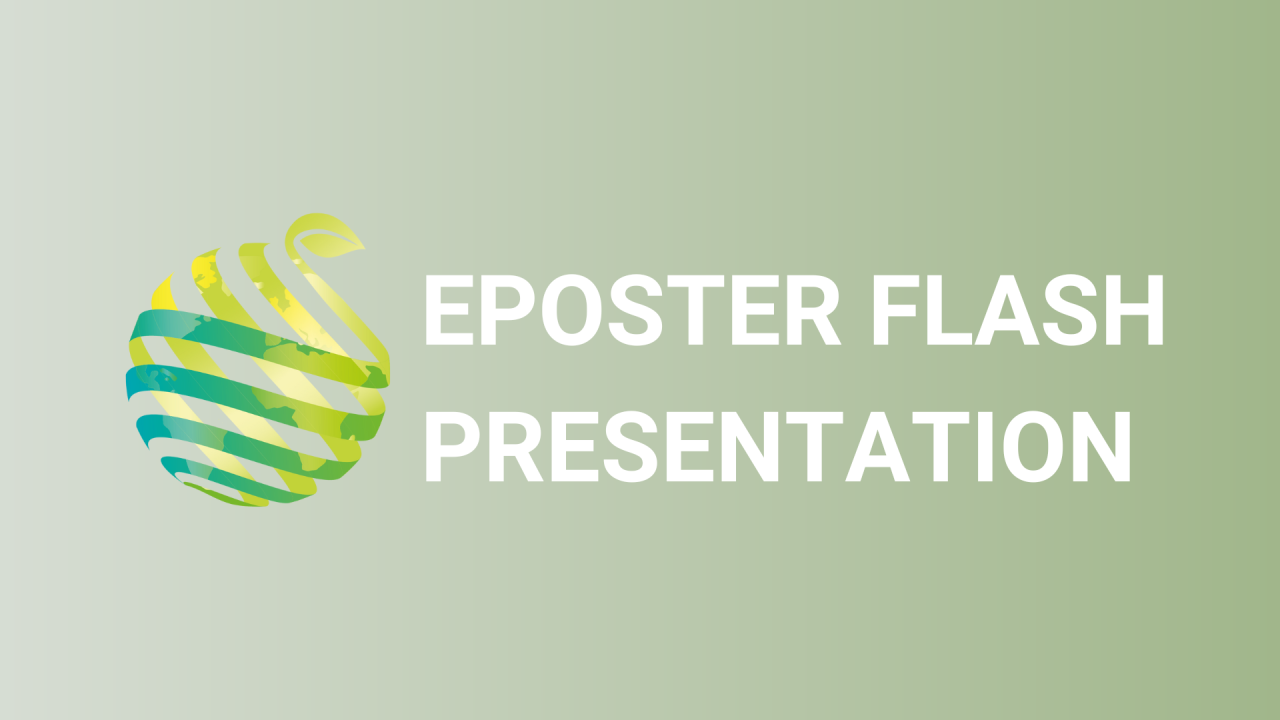

S05 - Session P3 - Paving the way for genetic dissection of transformability of roses by Rhizobium rhizogenes
Information
Authors: Philipp Rüter *, Thomas Debener, Traud Winkelmann
Within the EU RootsPlus project, this study focuses on a breeding strategy for apple and rose by means of natural transformation with Rhizobium (=Agrobacterium ) rhizogenes wildtype strains. By introducing rol (root oncogenic locus) genes into the plant genome, the altered phytohormone profile leads to the development of "hairy roots". Subsequently, Ri plants can be regenerated in vitro from hairy roots. These Ri plants display characteristic traits, like compact shoot architecture or a stronger root system. The latter will be the main focus in this project, since it might support water uptake and prevent drought stress or reduce the susceptibility to replant disease, which is of high importance considering climate change and sustainable crop production. One major objective is to investigate the genetic basis of the transformability in rose. Using a GWAS (genome wide association study), genes will be identified that are important for transformability by R. rhizogenes . A panel of around 100 cut and garden roses for which the genetic data is already present in form of a 68k Axiom WagRhSNP chip will be transformed with a bacterial strain carrying the marker gene GFP and thus deliver the phenotyping data by detection of fluorescent hairy roots. In preparation of this high-throughput transformation approach, the transformation protocol was optimized by testing different explant types and wounding methods for various rose genotypes. Compared to petioles, leaf blades and internodes, whole leaves developed hairy roots in higher frequency. Commonly used techniques for transformation approaches like sonication or applying Silwet L-77 reduced the number of hairy roots. GWAS phenotyping has started and clear genotypic differences in the transformation efficiency were observed. Explants from some genotypes developed no roots at all, whereas in other genotypes approximately 70 % of the explants regenerated fluorescent roots. Root formation in controls (without bacteria) was also highly genotype dependent.